Do standards guarantee an air purifier’s effectiveness?
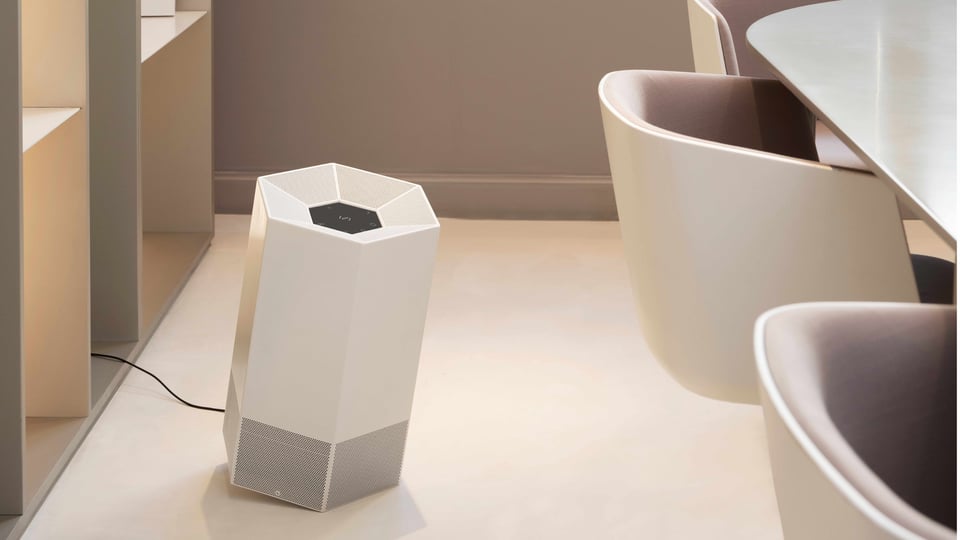
Air quality standards: A real promise of trustworthiness!
First of all, it is essential to identify devices on the air purification market which boast performance levels measured solely by tests carried out directly by the manufacturer. The fact is that, over the course of any product development, manufacturers will test their devices’ results. Those tests do not necessarily reflect the devices’ intrinsic performance levels. Under these circumstances, the test conditions are often far removed from real-life conditions. For example, it is common to conduct tests in smaller rooms or using excessively high concentrations of pollutants in order to magnify the resulting reduction in pollutants. This is why standards play a vital role: they test devices against the same pollutants, the same concentrations and above all the same test conditions.
Standards results as performance indicators
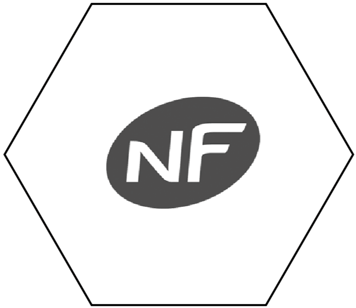
Second, it is important to remember that the main – and most demanding – standards on the air purification market are performance standards. These standards do more than certify that a device has passed their requirements: they also and most importantly certify the device’s intrinsic performance level.
In other words, subjecting an air purifier to standards does not guarantee its effectiveness. Instead, the results of those tests should be used as a performance indicator.
Example of NF B44-200
The purpose of standard NF B44-200 is to demonstrate the intrinsic effectiveness of air purification devices at eliminating microorganisms and allergens in a single pass.
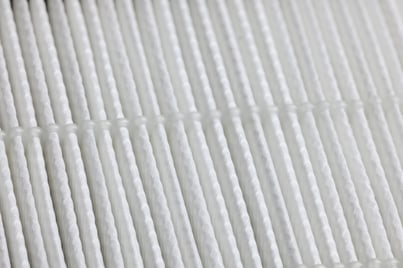
Let’s take the example of allergens. The protocol states that allergens are continuously generated near the device’s intake, and those same allergens are measured at the outtake (where the purified air is ejected). The interest and advantage of this standard lies in the fact that it evaluates the device’s actual removal of allergens. The test protocol accurately measures how well the process or technology captures and/or destroys allergens. If, during the process, the filter or other technology does not provide strong tightness or sufficient contact time, then the reduction of allergens will decline rapidly. The allergen concentrations used are realistic and representative of real-world environments. This point is very important, because if the concentrations were very high, all devices could achieve significant reductions, but these would not be representative of their performance in the real world, in genuine conditions that you would find outside a lab.
As you can see, it is essential to be aware of how suppliers present these performance results. At JVD, we want to provide maximum transparency and take the utmost care in respect of all the scientific work we do. For example, you can find a presentation of our Shield air purifier’s performance results according to different standards here.
Key points for a better understanding of air purifier performance
- Understanding the publicised results and analysing the standards that the devices meet.
- Confirming that standard testing took place under impartial conditions, i.e. carried out by independent labs.
- Demanding the test protocols that were used and the resulting performance metrics.
- Studying the test procedures: the compounds and concentrations used, continuous vs occasional spraying, etc. Those test protocols should be in line with actual exposure in the real world. Tests that employ a mix of pollutants or contaminants are more taxing on devices and more representative of indoor atmospheres.
- Studying the device test conditions: which purification mode was used and, for devices with multiple purification power settings, confirmation that the setting that was used corresponded to the purposes of the test.
How can some purifiers report that they are 99.9999% effective?
It is important to understand that any air purification device, when faced with an occasional source of pollution, will eventually achieve a 99.9999% pollutant reduction rate. In reality, the concentration of any occasional source of pollution will naturally decrease over time, whether it takes an hour or a month.
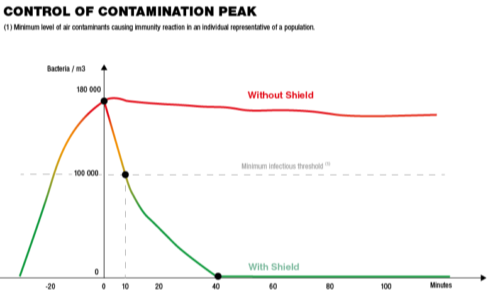
Each manufacturer chooses to communicate their results in the way that shows them in the best light. Ultimately, it is crucial to take control over the interpretation of performance results so you can judge the actual effectiveness of a given air purifier.


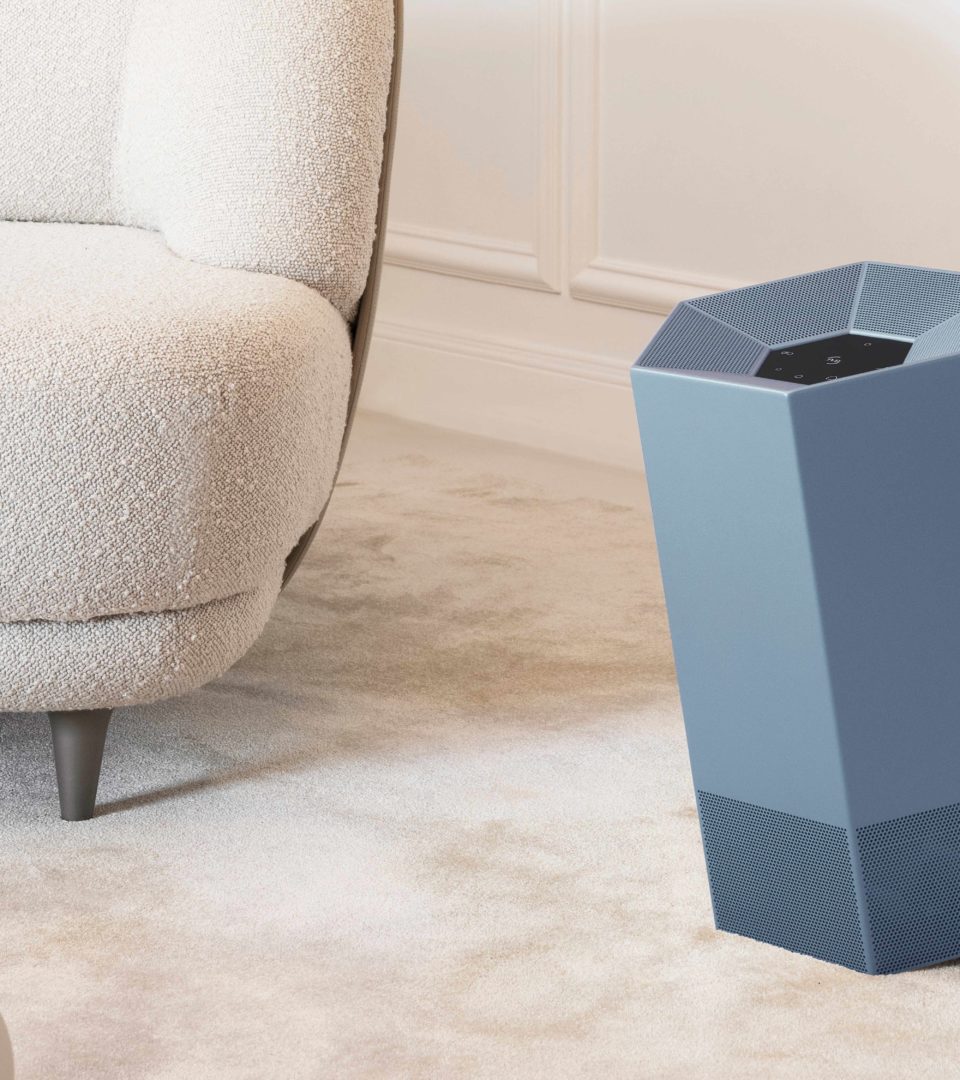

Laissez un commentaire